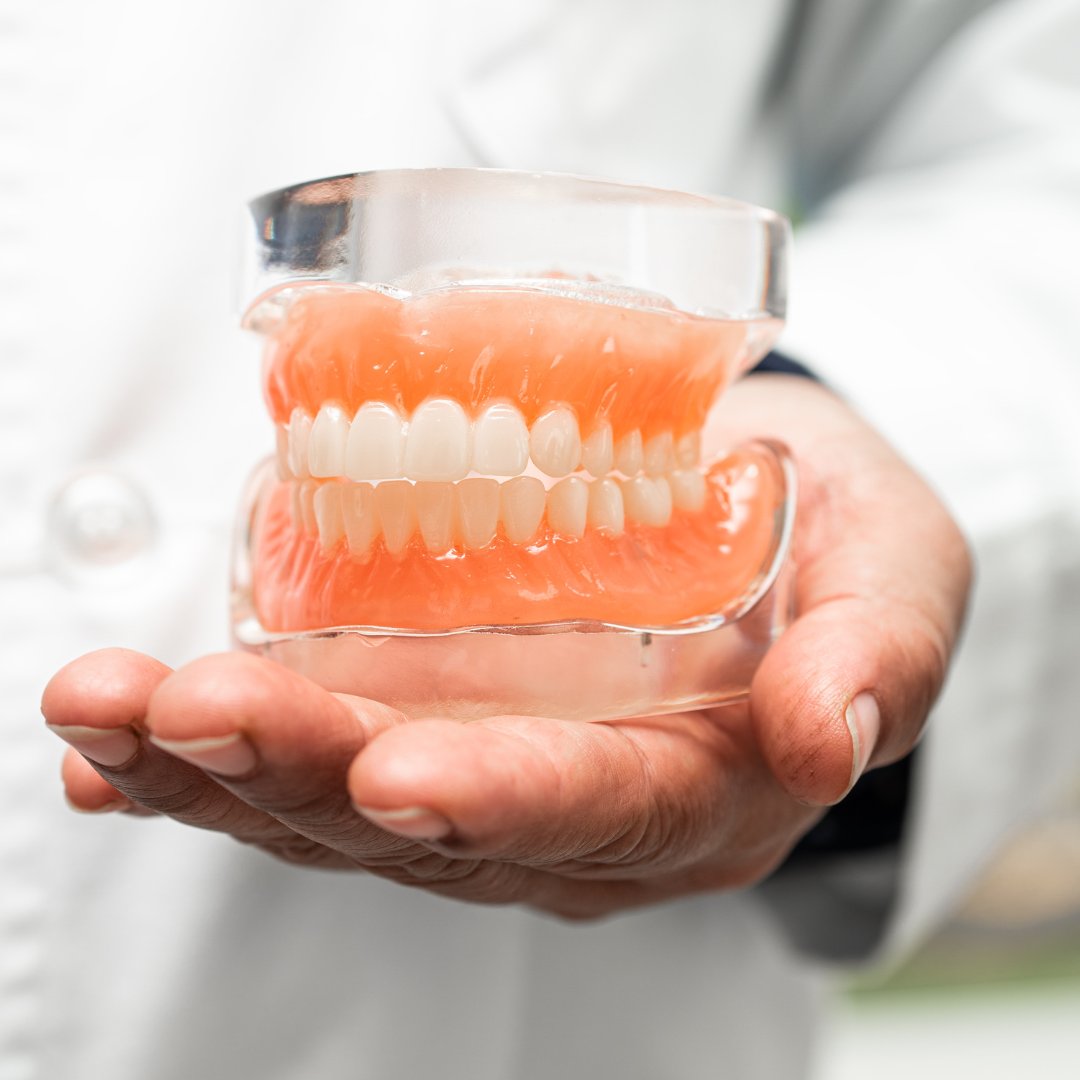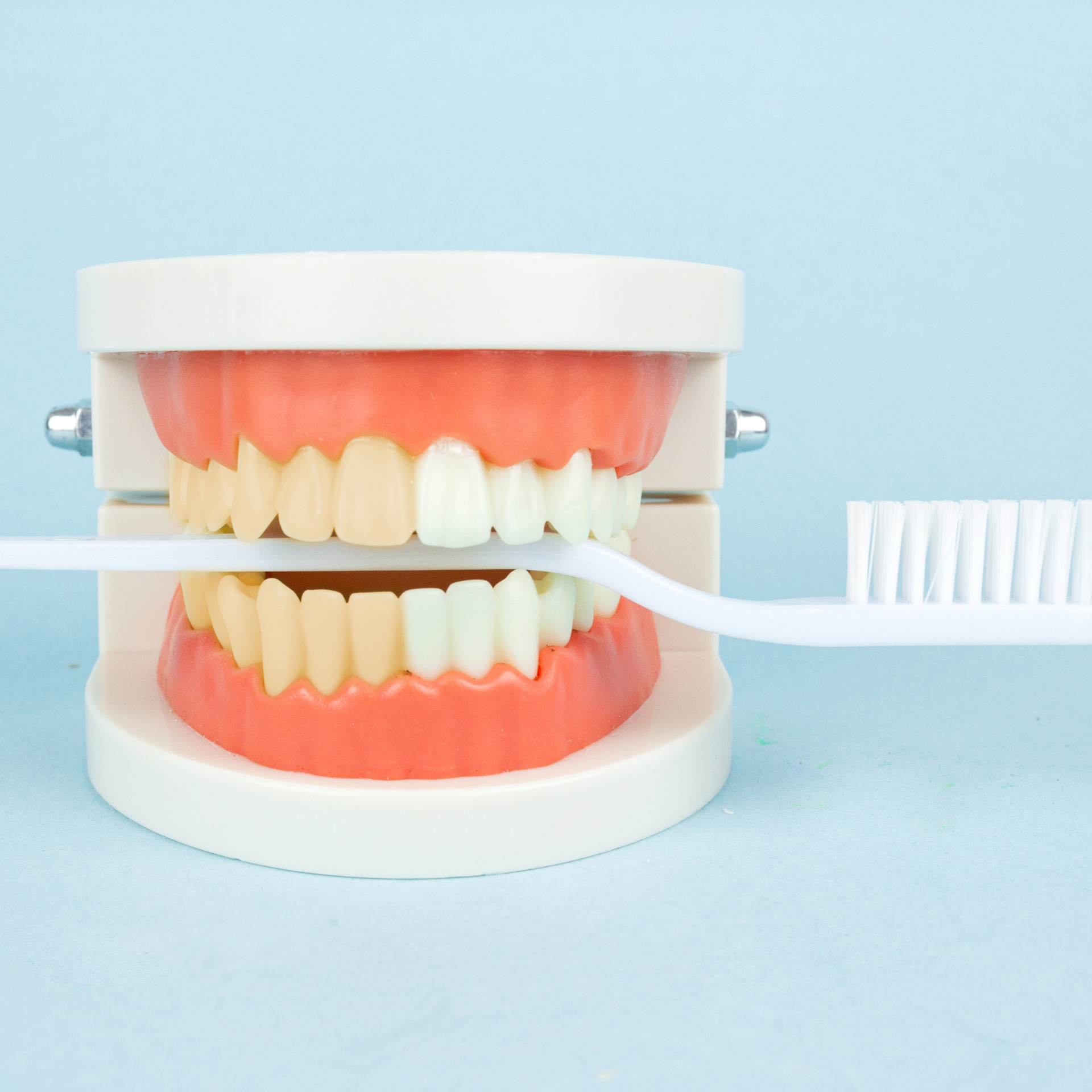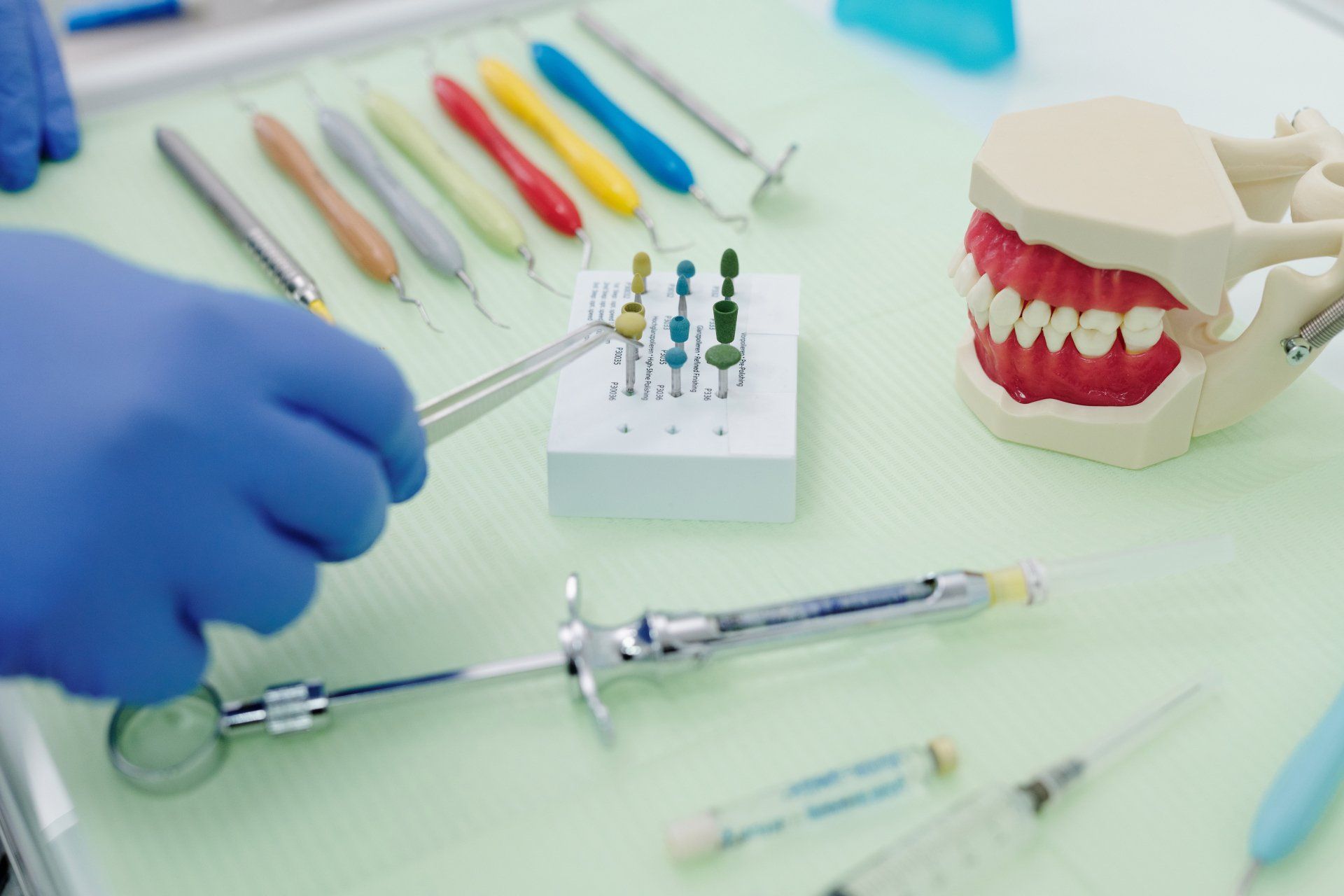Exploring the Advantages of Non-Surgical Root Canal Treatments Over Surgical Options
In the realm of dental care, root canal treatments often evoke images of discomfort and anxiety. However, advancements in dental technology have transformed these procedures, offering patients less invasive alternatives to traditional surgical methods. Non-surgical root canal treatments have emerged as a preferred choice for addressing various dental issues while providing numerous benefits compared to their surgical counterparts.
Understanding Root Canal Treatments
Before delving into the advantages of non-surgical root canal treatments, it's essential to grasp the basics of this dental procedure. Root canal treatments aim to address infections or damage within the pulp of a tooth, which contains nerves, blood vessels, and connective tissue. When the pulp becomes infected or inflamed due to decay, trauma, or other factors, it can lead to severe pain and potential tooth loss.
Traditional root canal surgery involves accessing the infected pulp through an incision in the gum tissue, removing the damaged tissue, and sealing the tooth to prevent further infection. While effective, this approach often requires a more extended recovery period and may involve greater discomfort for the patient.
Advantages of Non-Surgical Root Canal Treatments:
1. Minimally Invasive Procedure
One of the primary benefits of non-surgical root canal treatments is their minimally invasive nature. Unlike surgical options that require incisions and sutures, non-surgical procedures involve accessing the infected pulp through the crown of the tooth. This approach preserves more of the natural tooth structure and minimizes trauma to surrounding tissues, leading to faster healing and reduced discomfort for the patient.
2. Preservation of Tooth Structure
Preserving the natural structure of the tooth is crucial for maintaining its strength and functionality. Non-surgical root canal treatments allow dentists to remove infected or damaged tissue while leaving the majority of the tooth intact. This preservation helps prevent the need for additional restorative procedures such as dental implants or bridges, saving both time and money for patients.
3. Reduced Risk of Complications
Surgical root canal treatments carry a higher risk of complications such as infection, bleeding, and nerve damage. In contrast, non-surgical procedures minimize these risks by focusing on targeted treatment of the infected pulp without the need for extensive surgical intervention. By preserving the tooth's natural anatomy, non-surgical root canal treatments promote better long-term oral health outcomes.
4. Faster Recovery Time
Recovery from non-surgical root canal treatments is typically faster compared to surgical options. Since the procedure is less invasive, patients experience less post-operative discomfort and swelling, allowing them to resume their normal activities sooner. Additionally, non-surgical treatments often require fewer follow-up appointments, reducing the overall time commitment for patients seeking dental care.
5. Improved Aesthetics
Maintaining a natural-looking smile is essential for many patients undergoing dental procedures. Non-surgical root canal treatments offer cosmetic advantages by preserving the natural appearance of the tooth. Unlike surgical options that may result in visible scarring or alterations to the gum line, non-surgical treatments help patients maintain a seamless and aesthetically pleasing smile.
Conclusion
Non-surgical root canal treatments have revolutionized the field of endodontics by offering patients a less invasive and more comfortable alternative to traditional surgical options. From preserving tooth structure to reducing recovery time and minimizing the risk of complications, the benefits of non-surgical treatments are undeniable. By choosing non-surgical root canal treatments, patients can restore their oral health with confidence while enjoying a faster, smoother recovery process. If you're facing the prospect of a root canal, consider discussing non-surgical options with your dentist to determine the best course of action for your dental needs.











